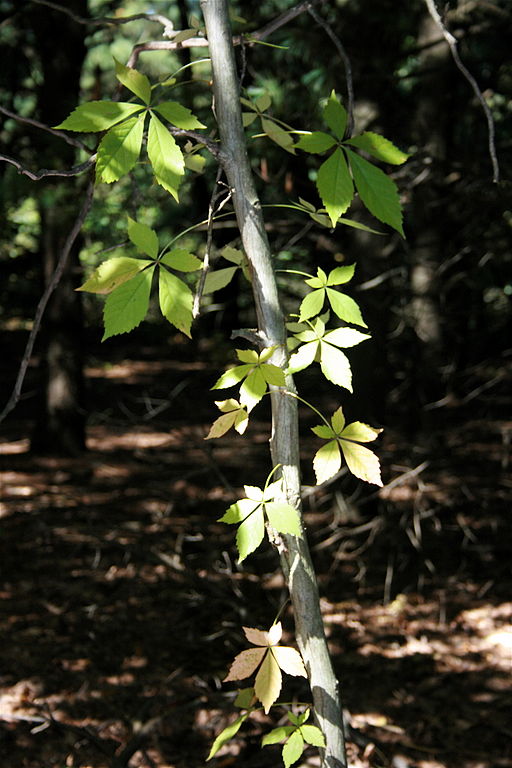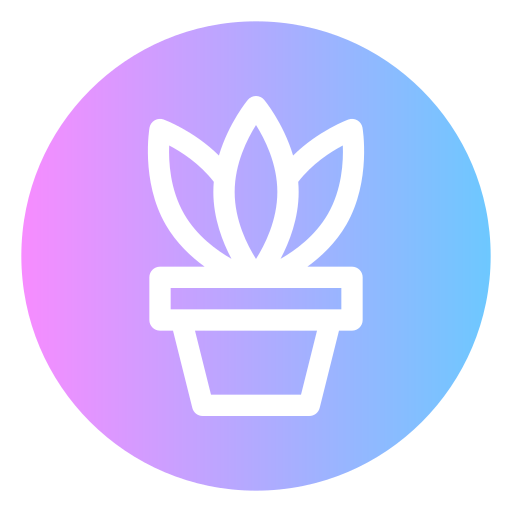Poison ivy is notorious for giving nasty rashes to anyone going close to them. And maybe that is why there has been much suspense surrounding this plant.
People are terrified of encountering poison ivy while going out and enjoying their summertime to the fullest. Some might even confuse a similar-looking Virginia creeper with poison ivy. But are they any different, or is Virginia creeper poison ivy? Let us find out more about it in this article.
Is Virginia Creeper Poison Ivy?
No, Virginia creeper is not a Poison Ivy. But that doesn’t put Virginia creepers in the category of an average plant. It might not cause nasty skin rashes, but it can still hurt you differently.
Thus it is essential to understand the critical similarities and differences between a Virginia creeper and poison ivy so that anyone can take necessary measures against them.
Similarities between Virginia creeper and Poison Ivy
To some extent, Virginia creeper and Poison Ivy are pretty similar in many areas.
- Both are abundant in northern America and have small leaflets that grow in clusters.
- They both can crawl trees to grow.
- On top of that, they are almost identical in size, have similar-looking pointy leaves, and both of their leaves turn red during the fall.
Differences between Virginia creeper and Poison Ivy

Many differences between these two can help you examine them better.
- Virginia creepers grow in a cluster of 5 leaflets, while poison ivy grows in a group of 3 leaflets.
- Another essential difference between the leaves is that poison ivy has smoother leaves while Virginia creepers have serrated leaves.
- They also have different colored berries. Poison ivy produces greenish-white berries. Virginia creeper, on the other hand, produces blue-colored berries.
Is Virginia Creeper Poisonous?
The most significant difference between Virginia creeper and poison ivy is their toxicity levels. Poison ivies are known for secreting a toxic resin called urushiol, which produces intense rashes when it touches human skin. Check if everyone is allergic to poison ivy.
Virginia creepers are also toxic but will not harm anyone by coming in contact with them. Only if somebody eats its berries or leaves can it irritate their throat, which is due to the presence of crystals of oxalate crystals in them.
Symptoms after Consuming Virginia Creepers
The symptoms of the reaction caused by Virginia creepers include irritation in the throat, lips, tongue, etc. It can also induce vomiting, nausea, diarrhea, etc.
It should also be noted that poison ivy infections can last up to a month, while the irritation from Virginia creeper can last up to two days.
What To Do After Consuming Virginia Creeper?
- Wash your mouth correctly and thoroughly.
- Suck on ice or eat cold treats to soothe your throat.
- Keep yourself hydrated.
Wrapping It Up
Virginia creepers might not be deadly, but we recommend seeing a doctor anyways after eating it. It is better to stay prepared if symptoms of infection worsen than expected. But other than that, these creepers are harmless, so let them thrive without fear.
Img Src: Linnaeus, CC BY-SA 3.0, via Wikimedia Commons.
